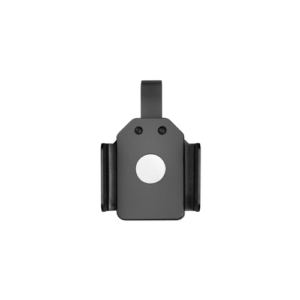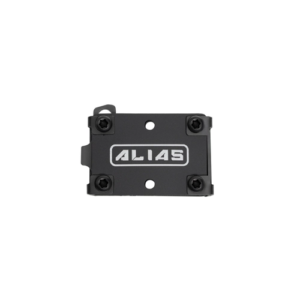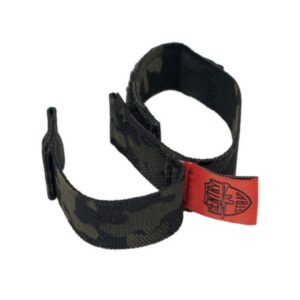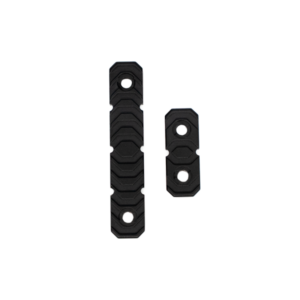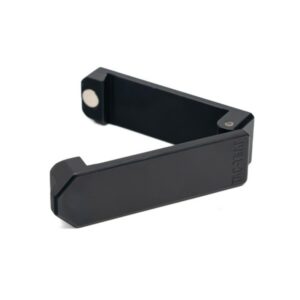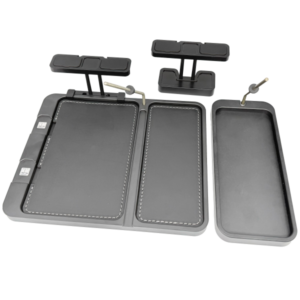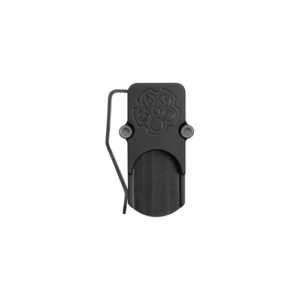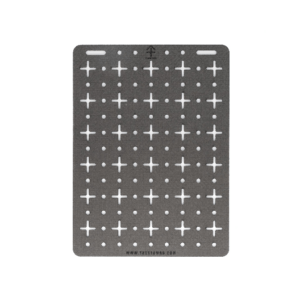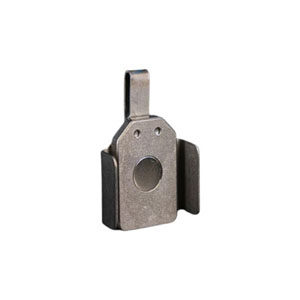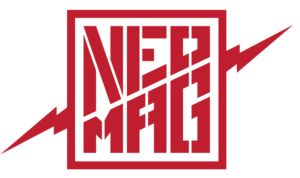Understanding gun calibers is fundamental for anyone interested in firearms. Let’s explore the world of gun calibers, looking at what they are, how they are measured, and how they impact your shooting experience.
What is a gun caliber?
A caliber refers to the internal diameter of a firearm’s barrel or the diameter of the bullet fired from it.
It’s a critical specification for any firearm since it influences many aspects of its performance. Understanding calibers is essential for anyone interested in firearms, whether for self-defense, hunting, target shooting, or as a hobby.
Measurement and Units
Calibers are typically measured in inches or millimeters.
For example, a .45 caliber handgun has a barrel diameter of approximately 0.45 inches*, while a 9mm handgun has a barrel diameter of 9 millimeters*. These measurements help standardize ammunition and ensure compatibility between firearms and bullets.
(*Note: The choice between using inches or millimeters often depends on the region and the type of firearm.)
Caliber and Recoil
The caliber of a firearm affects its recoil – larger calibers generally produce more recoil.
This can influence your comfort and control, especially in rapid-fire scenarios. Smaller calibers like the .22 (which have minimal recoil) are often preferred for target practice and training, whereas larger calibers such as the .45 ACP offer more stopping power but at the cost of increased recoil.
Caliber for Specific Tasks
Different calibers are suited to different purposes.
- Self-defense: Common self-defense calibers include 9mm, .40 S&W, and .45 ACP. These calibers offer a balance between manageable recoil and sufficient stopping power.
- Hunting: For hunting, the choice of caliber depends on the size of the game. Smaller game may be hunted with .22 LR, while larger game often requires calibers like .308 Winchester or .30-06 Springfield.
- Target shooting: Target shooters often prefer calibers like .22 LR or 9mm due to their affordability and low recoil.
Common Types of Calibers
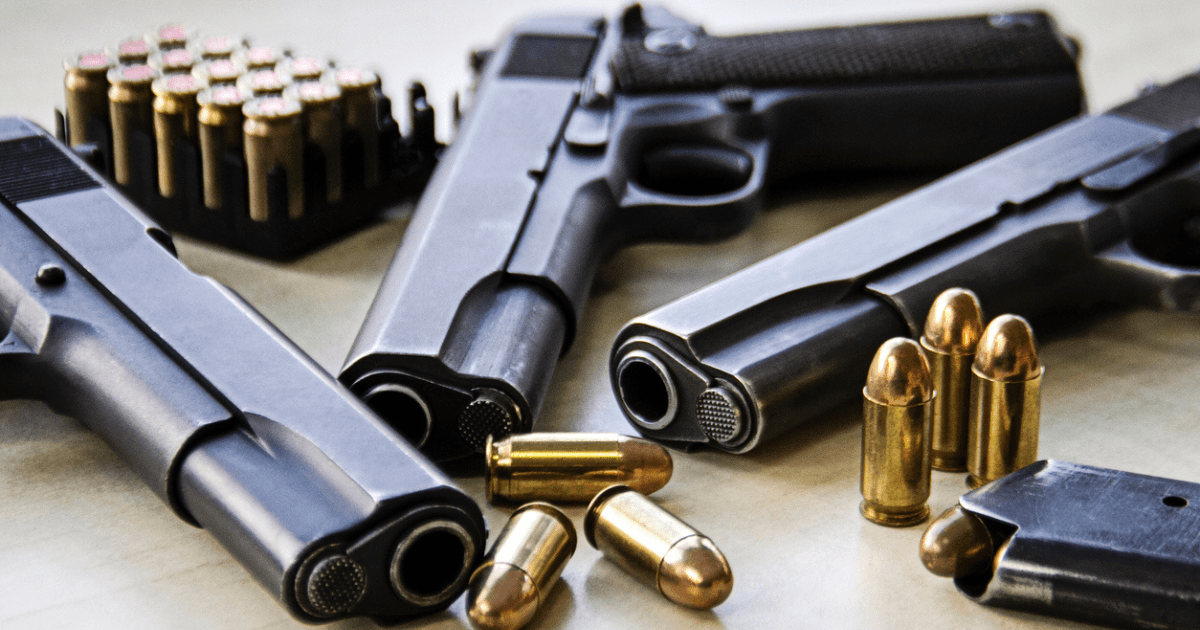
Calibers are categorized based on the type of firearm used and their specific purposes.
Handgun Calibers
Handgun calibers are selected based on the intended use, from self-defense to sport shooting. Some commonly used handgun calibers include:
- .40 S&W: Chosen for self-defense and law enforcement, offering a balance between the 9mm’s lower recoil and the .45 ACP’s stopping power.
- .38 Special: A versatile caliber often used in revolvers for self-defense and sport shooting.
9mm
The 9mm is one of the most popular handgun calibers worldwide. It’s used extensively in law enforcement, military, and civilian self-defense. It strikes a balance between manageable recoil and effective stopping power.
- Pros: Moderate recoil, easy to control for rapid fire; high magazine capacity due to smaller cartridge size; widely available and relatively affordable ammunition.
- Cons: Somewhat less stopping power than larger calibers; may require more precision in shot placement for self-defense scenarios.
.45 ACP
The .45 ACP (Automatic Colt Pistol) is celebrated for its substantial stopping power, making it a popular choice for self-defense and professional use.
- Pros: Excellent stopping power; reliable performance in various handgun designs; slower bullet speed can mean less over-penetration risk.
- Cons: Higher recoil challenging for some shooters; lower magazine capacity due to larger cartridge size; generally more expensive than 9mm ammunition.
.40 S&W
The .40 S&W (Smith & Wesson) caliber is popular for self-defense and law enforcement. It was developed to balance the lower recoil of the 9mm and the stopping power of the .45 ACP.
- Pros: Balanced recoil and power; incapacitates threats effectively; widely available.
- Cons: Produces more recoil than the 9mm; magazine holds fewer rounds than 9mm; generally more expensive than 9mm ammunition.
.38 Special
The .38 Special is a versatile and widely used caliber, especially popular in revolvers. Due to its manageable recoil and adequate stopping power, it is commonly chosen for self-defense and sport shooting.
- Pros: Produces moderate recoil; widely used in various revolver models; commonly available for a wide selection of revolvers and ammunition.
- Cons: Less stopping power than larger calibers; lower ammunition capacity; slower reload speeds than other handguns.
Read Handgun Sizes 101 and The Best Handguns for Women to learn more about handguns.
Rifle Calibers
Rifle calibers vary widely, and each serves a specific purpose based on size, power, and application. Here are some of the most common rifle calibers:
.22 LR
The .22 Long Rifle (LR) is renowned for its low recoil, affordability, and versatility. It’s commonly used for small game hunting, plinking, and target shooting.
- Pros: Minimal recoil; low cost; widely available ammunition.
- Cons: Limited stopping power; less effective at long-range compared to larger calibers.
.223/5.56mm NATO
The .223 Remington and its military counterpart, the 5.56mm NATO, are among the most popular rifle calibers (particularly for AR-15 platform rifles). They’re used for varmint hunting, sport shooting, and tactical applications.
- Pros: Low recoil, high velocity, and flat trajectory make it accurate over long distances; widely available and relatively inexpensive.
- Cons: Less effective against larger game; subject to stricter regulations in some jurisdictions.
.308 Winchester
The .308 Winchester is versatile for hunting medium to large game and long-range target shooting. Its balance of power and accuracy makes it a favorite among hunters and sharpshooters.
- Pros: Excellent stopping power; reliable performance at long ranges; availability of a wide range of ammunition types.
- Cons: Higher recoil than smaller calibers; ammunition can be more expensive.
.30-06 Springfield
The .30-06 Springfield remains a top choice for big-game hunting and long-range shooting. Its powerful performance makes it suitable for taking down large animals like elk and deer.
- Pros: Exceptional stopping power; suitable for various shooting applications; wide availability of ammunition types.
- Cons: Notable recoil; heavier and bulkier ammunition compared to smaller calibers.
Shotgun Gauges
Unlike rifles and handguns, shotguns are measured by gauge rather than caliber. The gauge number indicates the size of the shotgun bore (the inside diameter of a shotgun’s barrel). The smaller the number, the larger the bore.
- 12-gauge: The most common shotgun gauge and is suitable for various uses, including hunting, sport shooting, and home defense.
- 20-gauge: Offers less recoil than the 12-gauge, making it a good choice for smaller-framed shooters or those sensitive to recoil.
- 28-gauge and .410 bore: Typically used for small game hunting and sport shooting, offering minimal recoil.
Specialty Calibers
Specialty calibers are designed for specific purposes and often provide unique performance characteristics not found in standard calibers.
Magnum Calibers
Magnum calibers are designed for increased performance, providing greater velocity, energy, and stopping power. They’re often preferred in situations where maximum impact is required.
- .357 Magnum: Commonly used in revolvers for self-defense and hunting small to medium game.
- .44 Magnum: Known for its immense power, it’s favored for hunting large game and as a backup weapon in dangerous wildlife areas.
- .300 Winchester Magnum: Utilized in long-range shooting and big game hunting due to its high velocity and energy.
Subsonic Calibers
Subsonic calibers are ammunition designed to travel at speeds below the sound barrier (around 1,100 feet per second), making them quieter when fired. This is particularly useful for shooting with suppressors, reducing noise for hunting or tactical operations.
- 9mm Subsonic: Used in suppressed firearms for quieter shooting without losing effectiveness in self-defense or tactical scenarios.
- .300 AAC Blackout: Developed for military use, this caliber is effective in subsonic and supersonic loads, making it versatile for suppressed shooting and regular engagements.
How to Choose the Right Caliber
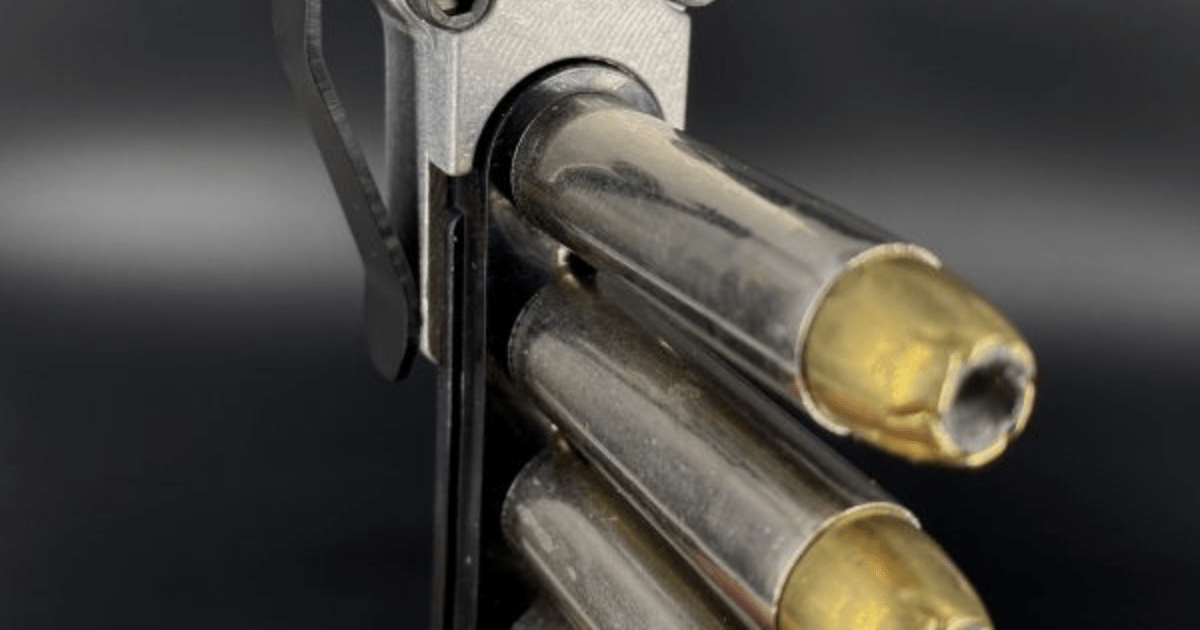
Choosing the right caliber largely depends on the intended use of the firearm. Here’s how different purposes influence caliber choice:
- Self-defense: Calibers like 9mm, .40 S&W, and .45 ACP are popular for self-defense because they offer a balance of stopping power and manageable recoil.
- Hunting: The choice of caliber for hunting varies by game size. Small game hunters might use .22 LR, while larger game requires calibers like .308 Winchester or .30-06 Springfield.
- Sport shooting: Lower recoil calibers such as .22 LR and 9mm are preferred for target shooting due to their affordability and ease of use.
Recoil and Power
The relationship between caliber size, recoil, and stopping power is essential when selecting a firearm:
- Recoil management: Larger calibers tend to have more recoil, affecting accuracy and comfort during extended shooting sessions. Smaller calibers (like .22 LR and 9mm) are easier to handle, making them ideal for beginners and those sensitive to recoil.
- Stopping power: Calibers like .45 ACP and .30-06 Springfield offer significant stopping power, making them suitable for self-defense and big game hunting. However, this comes with increased recoil, which needs to be managed for accuracy.
Ammunition Availability
Ammunition availability and cost are important factors in caliber selection:
- Availability: Common calibers like 9mm and .223 Remington are widely available, making ammunition for practice and actual use easy to find.
- Cost: The cost of ammunition can vary significantly between calibers. Affordable options like .22 LR allow extensive practice without high expenses, whereas calibers like .308 Winchester cost more.
Compatibility with Accessories
Different calibers can impact the choice of firearm accessories, such as holsters and magazine holders:
- Holsters: Choose a holster that accommodates your firearm’s size. Larger calibers might require stronger holsters to handle the increased weight and size.
- Magazine holders: Check that magazine holders are compatible with your chosen caliber. Our magnetic magazine pocket holders provide versatile options suitable for various calibers.
For more on holsters, read The Advantages of Using a Beltless Holster for Concealed Carry and Choosing the Best Gun Holster for Your Car or Truck.
Testing and Practice
One of the best ways to determine the right caliber for your needs is through hands-on experience:
- Visit the range: Spend time at a shooting range where you can test a variety of calibers. This will help you understand how different calibers feel regarding recoil, accuracy, and handling.
- Rent firearms: Many ranges offer rental options, allowing you to try multiple firearms and calibers without needing an immediate purchase. This can be especially useful for beginners still figuring out their preferences.
- Regular practice: Consistent practice with your chosen caliber helps build familiarity and confidence. It’s important to practice with target rounds and the ammunition you plan to use for self-defense or hunting.
Myths and Common Questions About Calibers
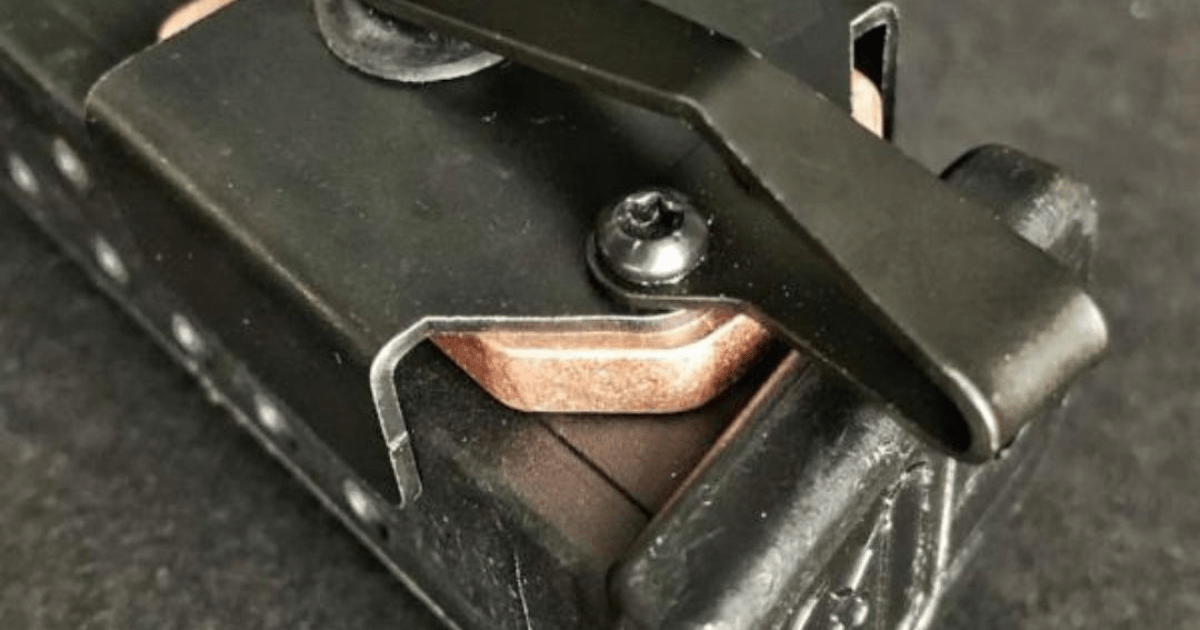
Power and Effectiveness
Several myths surrounding the power and effectiveness of different calibers need debunking.
Myth: Bigger calibers always mean more power.
While larger calibers like .45 ACP are known for their stopping power, this does not necessarily mean they are always more effective.
- Context matters: The effectiveness of a caliber depends on the context. A 9mm can be as effective as a .45 ACP for self-defense due to its manageable recoil, allowing quicker follow-up shots and better shot placement.
- Purpose-specific: For hunting, a .30-06 Springfield offers significant power for large game, but for small game or target practice, a .22 LR is more suitable due to its lower recoil and cost.
Myth: Higher velocity equals better performance.
Another common myth is that higher velocity automatically results in better performance.
- Terminal ballistics: A bullet’s performance upon impact (terminal ballistics) is influenced by factors such as bullet weight, shape, and design – not just velocity.
- Penetration and energy transfer: High-velocity rounds like the .223 Remington/5.56 NATO are excellent for tactical applications due to their flat trajectory and accuracy, but other calibers might offer better penetration and energy transfer for specific tasks.
Myth: One caliber fits all needs.
Believing that one caliber can meet all shooting needs is another misconception:
- Versatility: Different activities require different calibers. A versatile shooter might own multiple firearms in various calibers, each for specific uses – such as a 9mm for self-defense, a .308 Winchester for hunting, and a .22 LR for target shooting.
- Personal preference: Shooter comfort and preference play a significant role. Some may find larger calibers too challenging to handle, while others prefer the added power despite the increased recoil.
Is caliber and bullet size the same thing?
A common misconception is that caliber and bullet size are the same thing. While they are related, they are not identical:
- Caliber: Refers to the internal diameter of a firearm’s barrel or the diameter of the bullet fired from it. It’s measured in inches (e.g., .45 caliber) or millimeters (e.g., 9mm).
- Bullet size: This can include the bullet’s length, shape, and design. For instance, two bullets with the same caliber may have different lengths and weights, impacting their behavior when fired.
How many calibers are there?
The number of gun calibers is vast and can be categorized in various ways, including by type of firearm (handgun, rifle, shotgun) and measurement system (imperial vs. metric).
There are several dozen widely recognized and commercially available calibers. However, the total number (including all variations and wildcat calibers) is in the hundreds.
What is a wildcat caliber?
A wildcat caliber is a custom-designed cartridge that is not mass-produced or commercially available. These calibers are typically created by modifying existing cartridges to achieve specific performance characteristics.
What is the most common carry caliber?
The 9 mm is the most common carry caliber for handguns from EDC to professionals. Several factors contribute to its popularity, including its versatility, availability, manageable recoil, magazine capacity, and performance.
For more about everyday carry (EDC), read:
- A Beginner’s Guide to Self-Defense EDC
- Urban EDC Essentials
- Glock 19 EDC Setup Ideas
- How I Juggle My EDC Items
- How to Conceal Carry With a Tucked-In Shirt
What caliber do handguns come in?
Handguns come in various calibers, each suited for different purposes such as self-defense, target shooting, hunting, and law enforcement. Here are some of the most common handgun calibers:
- .22 Long Rifle (LR)
- .25 ACP (Automatic Colt Pistol)
- .32 ACP
- .380 ACP (9mm Short)
- 9mm Luger (9x19mm Parabellum)
- .38 Special
- .357 Magnum
- .40 S&W (Smith & Wesson)
- .45 ACP (Automatic Colt Pistol)
- .357 SIG
- 10mm Auto
- .44 Magnum.50 Action Express (AE)
What caliber is an AR-15?
The AR-15 rifle is commonly chambered in .223 Remington (Rem) and 5.56x45mm NATO.
However, the AR-15 platform is highly versatile and can be chambered in many other calibers with the appropriate barrel, bolt, and magazine changes.
How big is a .50 caliber?
A .50 caliber round is quite large compared to other common calibers. If you imagine holding one, it would be about the size of a large cigar, with considerable weight and presence.
Here are some key details:
- Diameter: The bullet diameter is 0.50 inches (12.7 mm).
- Length: The cartridge length is approximately 5.45 inches (138.5 mm).
- Case length: The case length is about 3.91 inches (99 mm).
- Weight: A typical .50 BMG cartridge can weigh around 1.5 to 2 ounces (42.5 to 57 grams).
What is the biggest gun caliber?
The biggest gun caliber commonly known is the .950 JDJ. It’s the largest commercially available gun caliber in terms of bullet diameter, designed more for the novelty and demonstration of extreme firearm capability rather than practical use.
- Diameter: The bullet diameter is 0.950 inches (24.1 mm).
- Length: The cartridge length is about 4.09 inches (104 mm).
- Weight: The bullet can weigh between 3,600 and 4,200 grains (approximately 233 to 272 grams).
- Muzzle energy: The muzzle energy can exceed 38,000 pounds of force (51,500 joules).
What is the smallest gun caliber?
The smallest gun caliber commonly recognized is the 2.7mm Kolibri, also known as the 2.7mm Kolibri Auto. It’s notable for its miniature size rather than its practicality in modern firearm applications.
- Diameter: The bullet diameter is approximately 2.7mm (0.107 inches).
- Length: The cartridge length is about 3.6mm (0.14 inches).
- Weight: The bullet weight is around 3 grains (0.19 grams).
- Muzzle energy: The muzzle energy is extremely low, typically around 3 foot-pounds of force (4 joules).
Navigating Gun Calibers
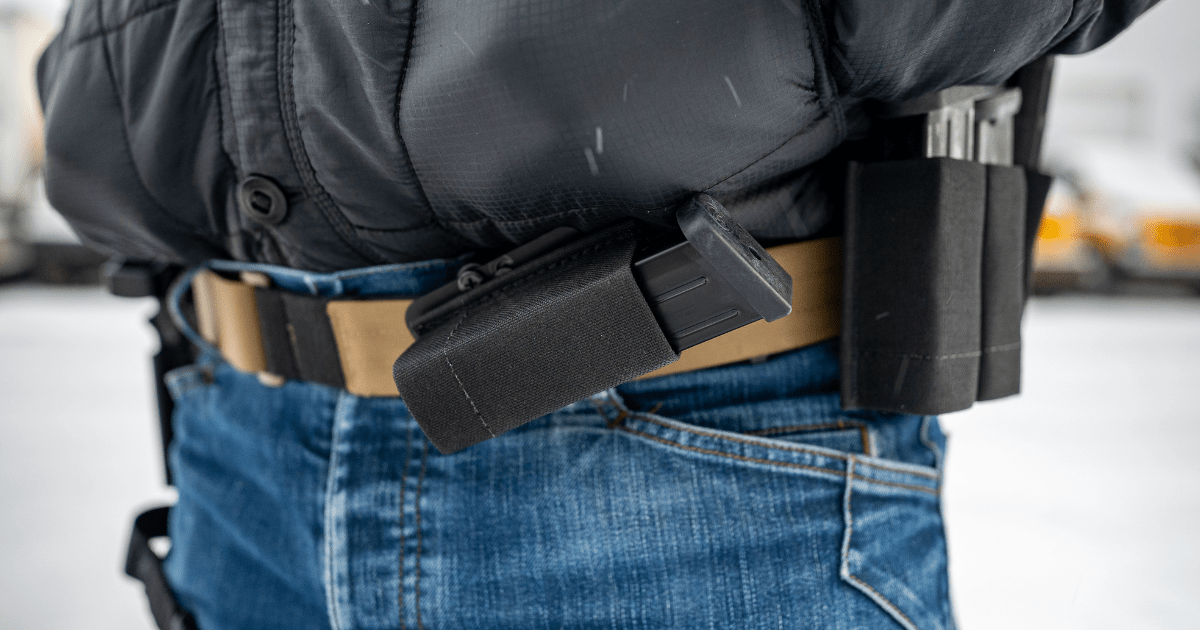
As you explore the world of gun calibers, remember that practical experience is invaluable. Spending time at the shooting range and testing different calibers will increase your understanding and proficiency.


